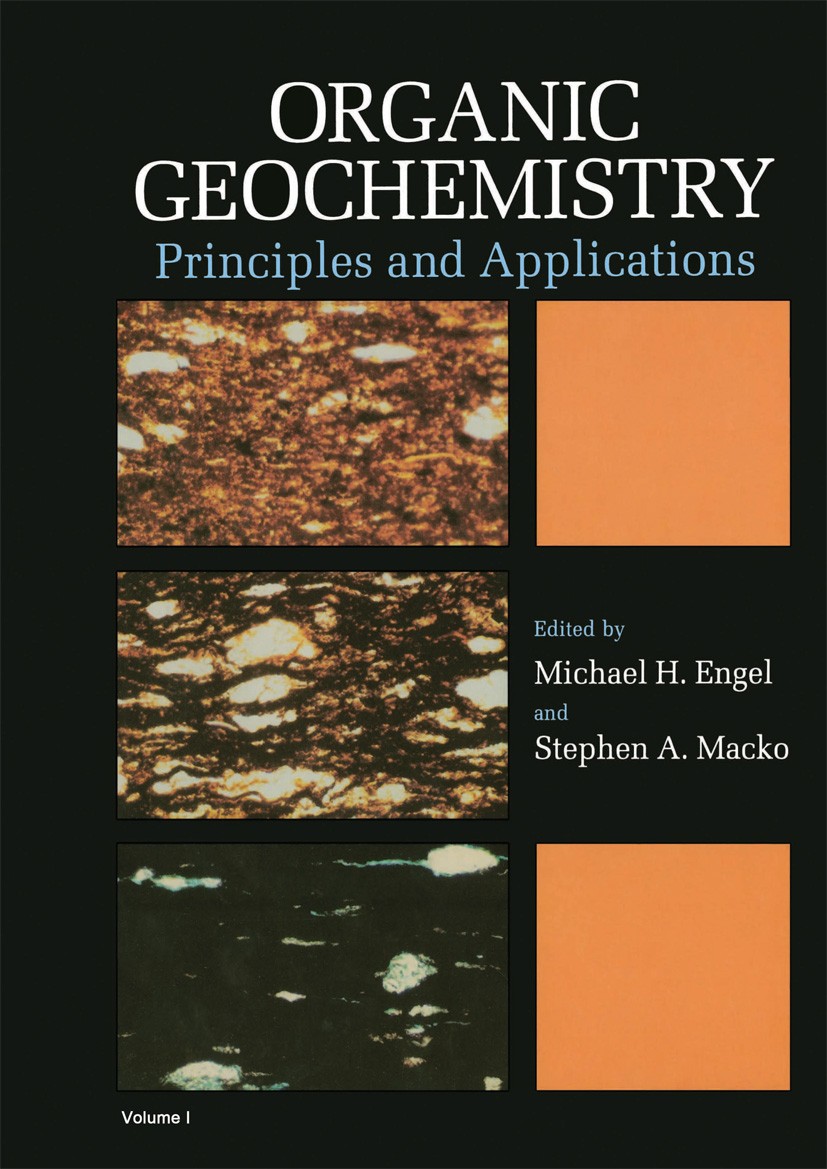Protocols to assist deconvolution of co-eluting 5β– and 5α–steranes by gas chromatography–mass spectrometry
IF 2.5
3区 地球科学
Q2 GEOCHEMISTRY & GEOPHYSICS
引用次数: 0
Abstract
Molecular parameters based on the relative abundance of various sterane isomers contribute valuable information about sources and thermal history of organic-matter-rich sediments. However, this application is limited for 5β– and 5α–steranes due to their co-elution on common gas chromatography (GC) columns: e.g., relative retention index of 5β20R and 5α20S cholestanes on Agilent DB1 columns = 28.081 and 28.065, respectively. Selected ion monitoring (SIM) and tandem (MS/MS) mass spectral protocols were developed to improve the analytical resolution of these compounds, exploiting slight differences in mass fragmentation patterns. Protocols were optimised on a 1:1 mixture of authentic 5α20R and 5β20R cholestane standards (5α20R in place of 5α20S). Parameters offering 5α:5β selectivity (e.g., SIM: 149/151 Da; MRM: [149 → 79]/[151 → 79]) were tested on a suite of 5α20R:5β20R standards and show an excellent correlation (R2 > 0.99) with substrate composition. The capacity to quantify the relative contribution of co-eluting 5α20S and 5β20R in more complex samples was tested by analyses of a crude oil (Blina-4, Canning Basin, Western Australia) known to have high abundances of C27-29 5α20S steranes (20S/[20S + 20R] ≈ 0.5) and spiked with 5β20R cholestane. The relative proportions of 5α20S and 5β20R were determined using 5α20R:5β20R calibration curves with good consistency and accuracy. Values deviated from the target when either analyte was particularly dominant (≥80 %), probably due to differences in ion density compared to the resolved standards. This issue may be improved with further method refinement and the true sterane deconvolution value offered by this approach will become apparent with further application to a diverse range of samples.
气相色谱-质谱法辅助5β -和5α -甾烷共洗脱反褶积的方案
基于各种甾烷异构体相对丰度的分子参数为富有机质沉积物的来源和热历史提供了有价值的信息。然而,由于5β -甾烷和5α -甾烷在普通气相色谱柱上的共洗脱,这种应用受到限制:例如,5β 20r和5α20S甾烷在Agilent DB1柱上的相对保留指数分别为28.081和28.065。开发了选择性离子监测(SIM)和串联(MS/MS)质谱方案来提高这些化合物的分析分辨率,利用质量碎片模式的细微差异。以5α20R和5β20R胆甾酯标准品1:1混合(5α20R代替5α20S)为优化方案。提供5α:5β选择性的参数(例如,SIM: 149/151 Da;MRM:[149→79]/[151→79])在一套5α20R:5β20R标准上进行了测试,显示出良好的相关性(R2 >;0.99)与底物组成。通过分析含有丰富的C27-29 5α20S甾烷(20S/[20S + 20R]≈0.5)并加入5β20R甾烷的原油(西澳大利亚Canning盆地Blina-4),测试了在更复杂样品中共洗脱5α20S和5β20R的相对贡献的量化能力。采用5α20R:5β20R标定曲线测定5α20S与5β20R的相对比例,具有良好的一致性和准确性。当任何一种分析物特别占优势(≥80%)时,值偏离目标,可能是由于与分离标准物相比离子密度的差异。这个问题可以通过进一步的方法改进而得到改善,并且该方法提供的真正的甾烷反褶积值将随着进一步应用于不同范围的样品而变得明显。
本文章由计算机程序翻译,如有差异,请以英文原文为准。
求助全文
约1分钟内获得全文
求助全文
来源期刊

Organic Geochemistry
地学-地球化学与地球物理
CiteScore
5.50
自引率
6.70%
发文量
100
审稿时长
61 days
期刊介绍:
Organic Geochemistry serves as the only dedicated medium for the publication of peer-reviewed research on all phases of geochemistry in which organic compounds play a major role. The Editors welcome contributions covering a wide spectrum of subjects in the geosciences broadly based on organic chemistry (including molecular and isotopic geochemistry), and involving geology, biogeochemistry, environmental geochemistry, chemical oceanography and hydrology.
The scope of the journal includes research involving petroleum (including natural gas), coal, organic matter in the aqueous environment and recent sediments, organic-rich rocks and soils and the role of organics in the geochemical cycling of the elements.
Sedimentological, paleontological and organic petrographic studies will also be considered for publication, provided that they are geochemically oriented. Papers cover the full range of research activities in organic geochemistry, and include comprehensive review articles, technical communications, discussion/reply correspondence and short technical notes. Peer-reviews organised through three Chief Editors and a staff of Associate Editors, are conducted by well known, respected scientists from academia, government and industry. The journal also publishes reviews of books, announcements of important conferences and meetings and other matters of direct interest to the organic geochemical community.
 求助内容:
求助内容: 应助结果提醒方式:
应助结果提醒方式:


